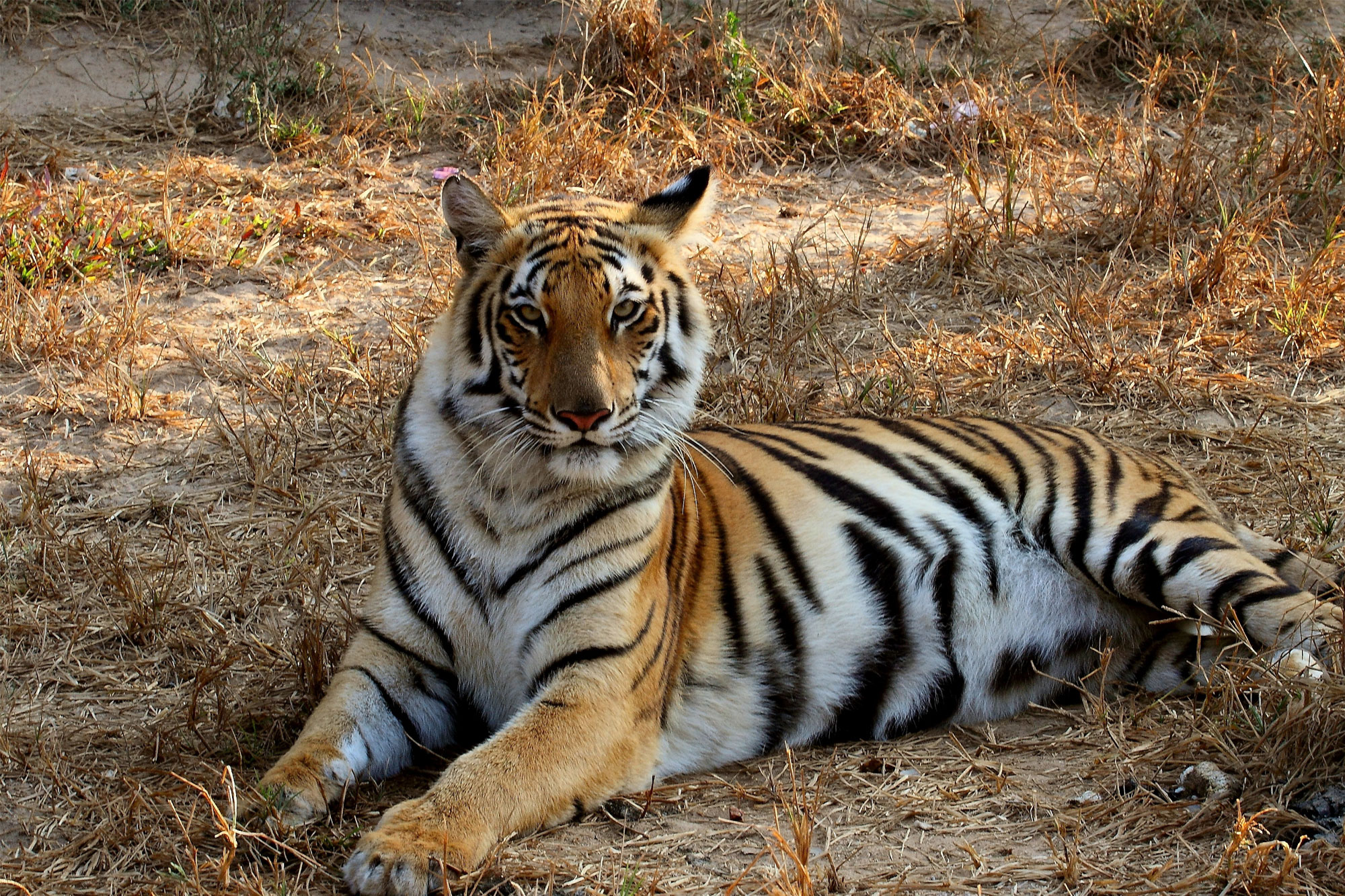Tigers (Panthera tigris) in the Sundarbans mangrove forest of Bangladesh reveal a signature of population genetic isolation as a result of wide rivers, according to a study recently published in the journal Conservation Genetics.
The findings of the researchers from DICE suggest that the signature of fine-scale genetic structure in this important tiger population might have been the consequence of limited tiger dispersal due to wide rivers across the Sundarbans.
DICE alumnus, Dr M. Abdul Aziz, corresponding author of the article said, “A robust sample of both nuclear and mitochondrial DNA data shows that tiger populations in this mangrove forest have shown evidence of genetic substructure in the populations colonised on numerous isolated islands of the forest. Our results suggest that several wide rivers flowing from north to south have virtually sliced the whole forest into parts and therefore genetic substructure might have been developed in the population due to limited tiger dispersal across these rivers.”
Professor Jim Groombridge, a co-author of the article, added, “This study provides an important insight into the genetic structure of a unique tiger population adapted to a quite unusual tiger habitat of the world that forms a significant population of the Bengal tigers. We hope that the findings of this important study will be useful for genetic management of this globally significant population to ensure their long-term survival.”
The Sundarbans mangrove forests shared between Bangladesh and India is one of the remaining global priority tiger habitats and supports one of largest populations of Bengal tigers. The study inferred that given the intrinsic nature of the mangrove habitat embedded with numerous rivers, increased commercial traffic and human activities may further impede tiger dispersal across wide rivers, escalating further genetic isolation of the Sundarbans tigers.
Do rivers influence fine-scale population genetic structure of tigers in the Sundarbans? by M. Abdul Aziz, Olutolani Smith, Adam Barlow, Simon Tollington, Md. Anwarul Islam and Jim J. Groombridge has been published in Conservation Genetics.

Dr M. Abdul Aziz received his PhD from DICE in 2017. He was awarded with the Commonwealth Scholarship from the Commonwealth Scholarship Commission, UK for his PhD on population, threats and conservation genetics of the Bengal tiger in the Bangladesh Sundarbans between 2013 and 2017. His research was supervised by Professor Groombridge at his Conservation Genetics Laboratory at DICE. Currently, Dr Aziz is a Professor at the Department of Zoology, Jahangirnagar University of his home country, Bangladesh. Alongside this, he is actively involved with conservation research on wild cats including tigers in the Sundarbans.

